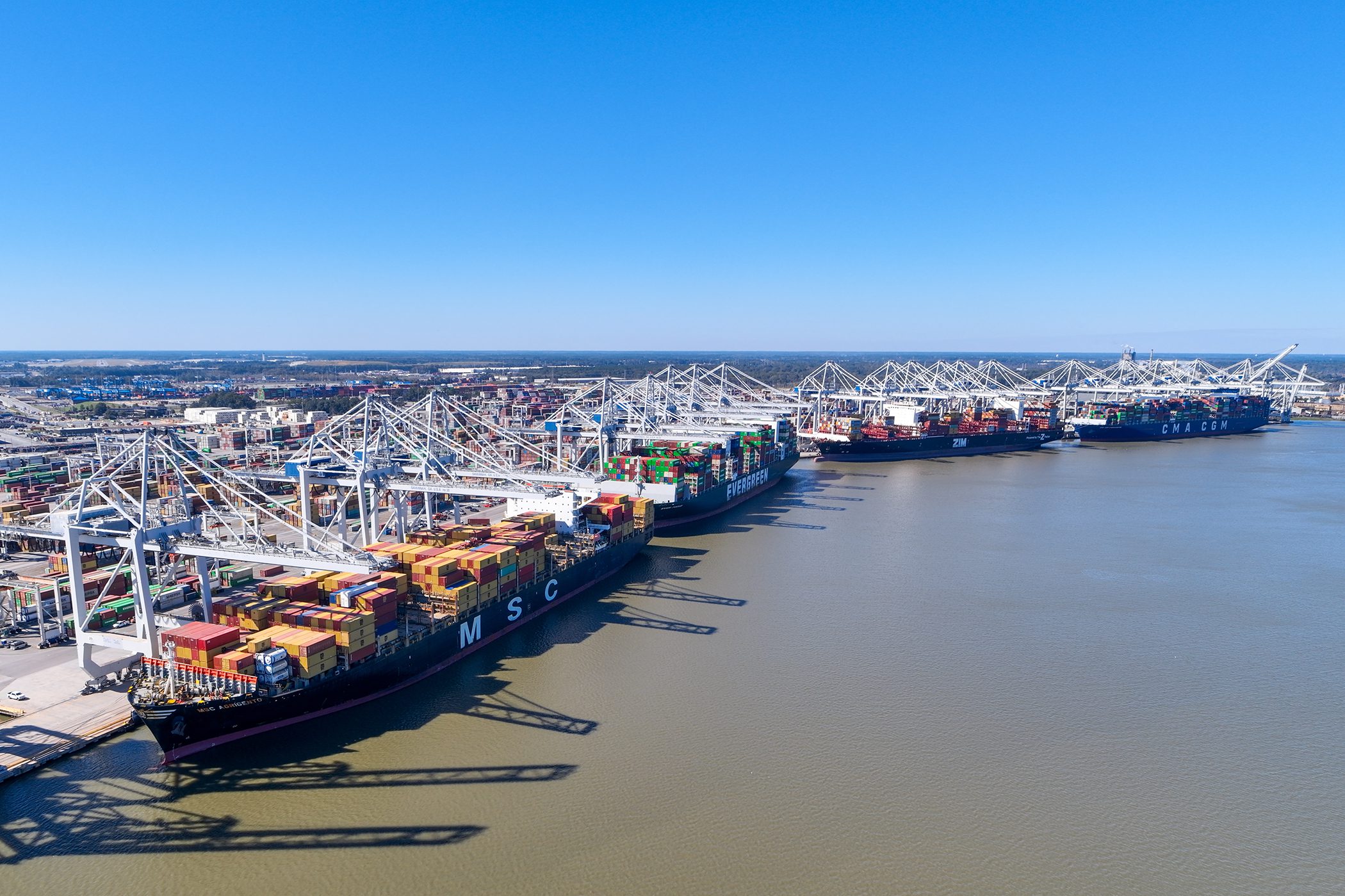California-based communications company, Viasat Inc., has completed its acquisition of Inmarsat, a global leader in mobile satellite communications in the maritime, aviation, and government sectors.
Inmarsat had been taken private in 2019 after being sold for $3.4 billion to a consortium of private equity investors from the US, UK. and Canada.
The acquisition, which Viasat valued at $7.3 billion in November 2021, is expected to bolster the company’s scale and capabilities to help drive growth in the highly competitive satellite communications industry. The integration of the two companies’ assets is anticipated to accelerate innovation in the global satellite communications sector, offering enhanced capabilities to meet increasing demands for speed, flexibility, reliability, coverage, and security.
“The combination of our companies brings together the people, technology, innovation, network assets, spectrum resources and global partnerships needed to help connect the world more affordably, securely and reliably.” said said Mark Dankberg, Chairman and CEO, Viasat. “Together, we believe we are positioned to offer customers a multi-layered network that gives them the right connectivity at the right time, place and price.”
Rajeev Suri, former CEO of Inmarsat, and Andy Sukawaty, former Chairman of Inmarsat, will join the Viasat Board of Directors.
The combined company will be led by Mark Dankberg as Chairman and CEO, with Guru Gowrappan serving as President. Viasat also confirmed that its new global international business headquarters will be in London, while the corporate headquarters will remain in Carlsbad, California.
“Our goal is to be the undisputed leader in satellite communications with a sharp focus on providing the best products and services for our customers,” said Gowrappan. “We are more than the sum of our parts. This combination broadens the global fixed and mobile services available to customers in an industry-defining moment.
The acquisition’s closing enables Viasat and Inmarsat to integrate their spectrum, satellite, and terrestrial assets, which include 19 satellites in space spanning Ka-, L-, and S-bands. These complementary assets are expected to provide connectivity and essential safety services across maritime, aviation, government, and consumer markets, prioritizing speed and reliability.
Inmarsat recently announced the development of its eighth-generation satellite, known as the I-8, to provide additional network resilience and future-proof nmarsat’s global L-band safety services.
In February, Inmarsat celebrated the launch of its second I-6 satellite from Cape Canaveral, Florida aboard SpaceX’s Falcon 9 rocket. The I-6 satellites are said to be the world’s most technologically advanced commercial communications satellites ever launched.

 Join The Club
Join The Club










